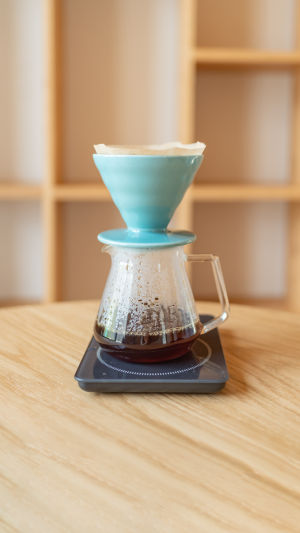As one of the world's most beloved beverages, coffee tantalizes our taste buds with its intricate flavors, with acidity playing a pivotal role in its complexity.
While optimal acidity adds zest and depth to coffee, extremes—either excessive or insufficient—can mar its taste and quality.
Hence, mastering the art of controlling and adjusting coffee acidity emerges as a paramount concern for both baristas and aficionados.
This article delves into the nuances of manipulating coffee acidity through the meticulous selection of beans, precise roasting techniques, careful grinding practices, and thoughtful brewing methods, all aimed at elevating the coffee-drinking experience for enthusiasts.
<h3>1. The Significance of Coffee Acidity:</h3>
Coffee acidity encompasses the presence of acidic compounds such as citric, malic, and lactic acids, each contributing to the beverage's flavor profile. Moderate acidity lends a refreshing, vibrant character to coffee, enriching its layers and complexity.
Conversely, excessive acidity can render coffee overly sharp, while inadequate levels result in a bland brew. Hence, mastering the modulation of coffee acidity is pivotal in crafting a harmonious and flavorful cup.
<h3>2. Techniques for Modulating Coffee Acidity:</h3>
<b>1. Bean Selection:</b> The choice of coffee beans exerts a profound influence on acidity. Originating from diverse locales, beans exhibit distinct acidity profiles; for instance, Kenyan beans boast bright citrus notes, whereas Colombian beans offer a milder apple-like acidity.
Thus, discerning baristas prioritize selecting beans aligned with their desired acidity levels. Furthermore, variations in bean varieties and processing methods further shape acidity, encouraging experimentation to find the perfect match.
<b>2. Roast Degree:</b> Roasting profoundly impacts coffee acidity. Light roasts typically preserve higher acidity, boasting a zesty and bright flavor profile, whereas dark roasts yield diminished acidity, accompanied by a richer, bolder taste.
Thus, selecting an appropriate roast level tailored to personal preferences serves as an effective strategy for acidity modulation.
<b>3. Grind Size:</b> Grind size serves as another variable in acidity management. Finer grind particles facilitate enhanced interaction between coffee and water, intensifying the release of acidic compounds and elevating acidity.
Conversely, coarser grinds limit such interaction, resulting in subdued acidity. Thus, meticulous adjustment of grind size enables fine-tuning of coffee acidity to achieve desired flavor profiles.
<b>4. Brewing Method:</b> The chosen brewing technique significantly influences coffee acidity. Cold brew methods typically yield lower acidity, endowing the beverage with a smoother, mellower taste, whereas pour-over or drip methods accentuate acidity, yielding a fresher flavor profile.
Hence, selecting an appropriate brewing method enables customization of acidity levels to suit individual preferences.
<h3>Conclusion:</h3>
By exercising precision in bean selection, roasting techniques, grind size adjustments, and brewing methodology, coffee aficionados can exert mastery over acidity modulation, yielding impeccably balanced and layered brews.
Encouraging experimentation and adaptation to personal tastes, this journey of exploration promises a heightened appreciation for the diverse nuances of coffee flavors.





